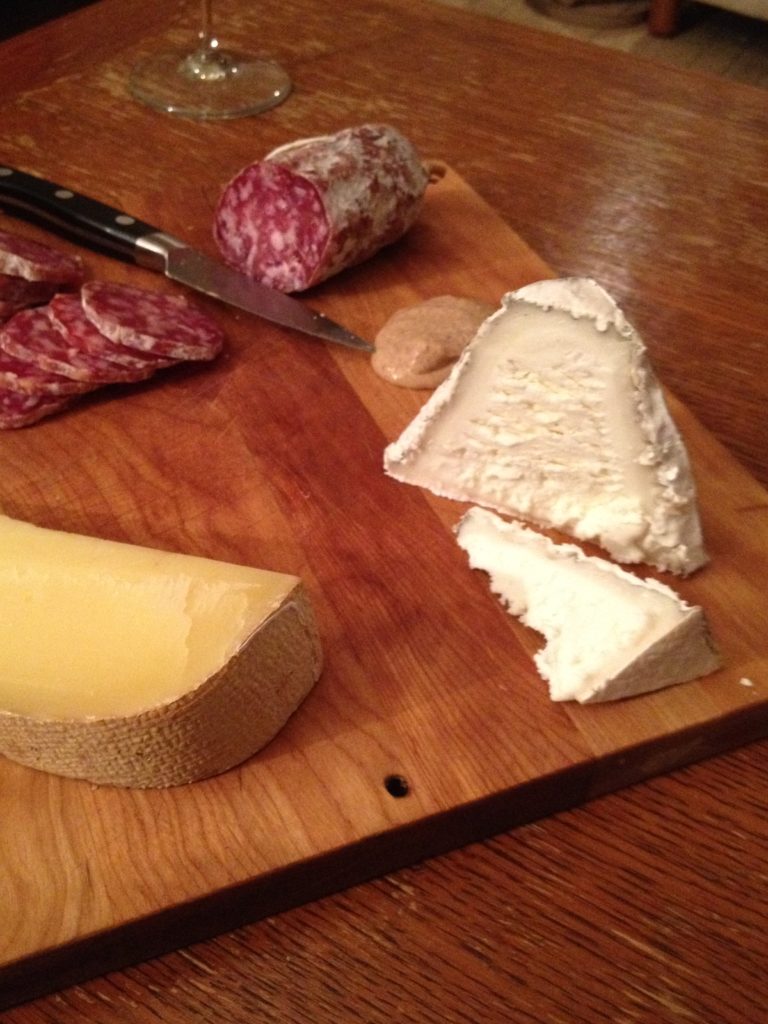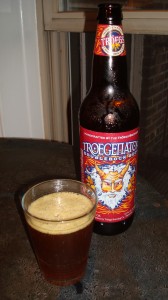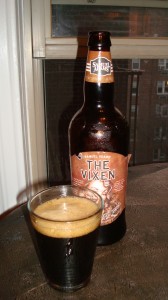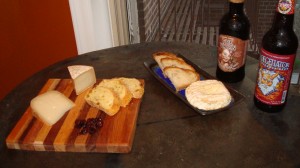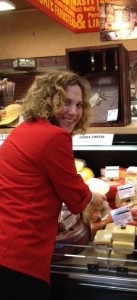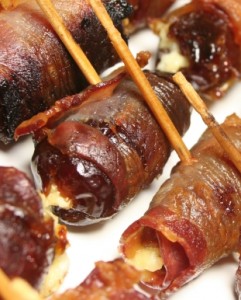by Caitlin Griffith
At your next party – perhaps even celebrating the warm weather streak that we hope is here to stay – you absolutely need to serve a citrus-y Saison with a bloomy rind goat. Now, I am biased because farmhouse Saisons scream sunshine and warm weather to me. Give me a tangy straw-colored beauty any time of year and visions of verdant grass and azure skies swim before my eyes.
Before I become too mushy and emotional here, let’s revisit Saison history. In French, Saison means season, and originally the lightly hopped beer was brewed in the wintertime to be enjoyed during the late summer harvest. There was no refrigeration back in the day (cue entrance of cheese, which is milk’s leap toward immortality) and so the chilly winter months protected the bottle-conditioned brew from turning rancid. Perfect! This style is witnessing something of a revival right now and I, for one (if you couldn’t already tell) am psyched because of its excellence in pairing with food. Those French-speaking Belgian farmers were really on to something. Most Saisons boast a tartness and dry finish and many display citrus flavors, as well as a grassiness and biscuit-y yeast quality.
I tasted the Saison Dupont, arguably the world’s most famous and unmatched expression of a Saison, with hints of lemon, cardamom, clove, and pear, with one of my favorite goat’s milk cheeses, the Haystack Peak from Colorado. This pasteurized bloomy-rind goat is based on the pyramid-shaped goats from the Loire Valley in France but with an American spin. The snowy-white exterior hints at its milky, harmonious flavor. Its brightness is well-balanced by three distinct textures (thanks to time spent aging in Murray’s caves): a velvety rind, followed up by a delightful whisper of a creamline, and a pasty interior. The Saison Dupont and Haystack Peak danced all over my tongue in a sprightly tango that will light up the life of anyone interested in cheese and/or beer in the least bit.
Let’s not further complicate things here and say more than is necessary, as we already possess a flawless pairing, but throw in some nice crusty bread, whole grain mustard, and a log of the classic French Saucisson Sec and call it a day. Happy Spring!

